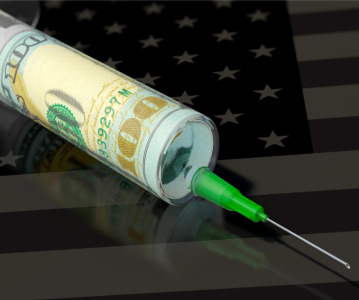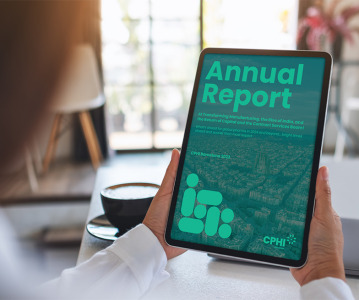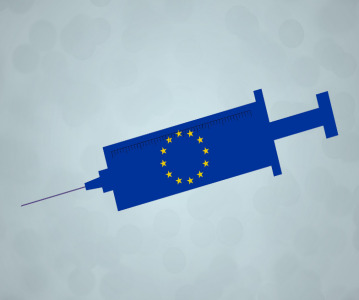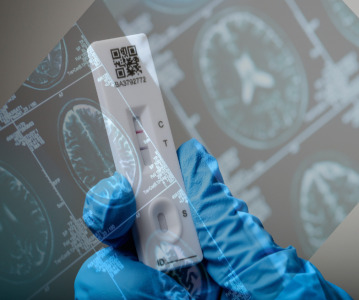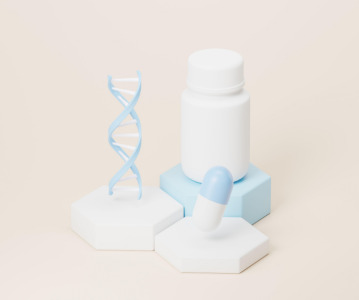New Therapies to Spur Growth of the Acute Myeloid Leukemia Market, but Breakthrough Drug Still Awaited
Driven by a boost in new therapies entering the market, as well as an increasing number of Acute Myeloid Leukemia (AML) cases among elderly patients, the AML market will grow significantly between 2012 and 2017, although lackluster results from clinical studies and cost-consciousness may continue to plague drug development, predicts research and consulting firm GlobalData.
According to the company’s new report*, revenue for the AML market across the US, France, Germany, Italy, Spain, and the UK will increase from $151 million in 2012 to $430.7 million in 2017, representing a Compound Annual Growth Rate (CAGR) of 23.3%.
In 2012, the majority of the AML therapies sales were generated in the US, which enjoyed a market share of $108.8 million, while sales in the 5EU countries were estimated to be approximately $42 million. By 2017, the AML market in the US and the 5EU countries is expected to reach $324.4 million and $106.3 million in sales, respectively.
The increase in the AML market size, particularly in the US, will be primarily due to the launch of new therapies for patients with high unmet needs, states the report. Such therapies include Sunesis’ vosaroxin for relapsed and refractory AML, Novartis’ midostaurin for patients with FLT3 mutations and Cyclacel’s sapacitabine for newly-diagnosed elderly patients.
Cheryl S. Gradziel, PhD, GlobalData’s Analyst covering Oncology, says: “Although AML is a rare disease, the high levels of unmet needs create ample opportunities for players with effective therapies. However, drug development in this area has been very challenging, as products have shown promise in the early phase, but failed in larger, randomized studies. Further barriers to the discovery of effective therapies have also included a general lack of understanding of the biology that drives the disease.”
According to the report, other limitations for the development of new therapies include the pressure for cost-consciousness, which will restrict the reimbursement of new market entrants, and the lack of breakthrough efficacy of pipeline drugs, which has failed to impress clinicians.
*OpportunityAnalyzer: Acute Myeloid Leukemia (AML) - Opportunity Analysis and Forecasts to 2017
Related News
-
News Patients vs Pharma – who will the Inflation Reduction Act affect the most?
The Inflation Reduction Act brought in by the Biden administration in 2022 aims to give better and more equitable access to healthcare in the USA. However, pharma companies are now concerned about the other potential costs of such legislation. -
News CPHI Podcast Series: What does the changing US Pharma market mean for industry and patients alike?
In this week's episode of the CPHI Podcast Series Lucy Chard, Digital Editor for CPHI Online is joined by James Manser to discuss the political and market changes in the US pharma field. -
News CPHI Barcelona Annual Report illuminates industry trends for 2024
The CPHI Annual Survey comes into it’s 7th year to report on the predicted trends for 2024. Over 250 pharma executives were asked 35 questions, with their answers informing the industry landscape for the next year, spanning all major pharma marke... -
News Which 10 drugs are open to price negotiation with Medicare in the USA?
The Centres for Medicare & Medicaid Services, under the Biden administration in the USA, has released a list of the 10 drugs that will be open to price negotiations as part of the new legislation under the Inflation Reduction Act (IRA). -
News EU Medical Devices Regulation causes unintended disappearances of medical devices for children, doctors state
Doctor groups and associations have appealed to the EU to correct the EU Medical Devices Regulation law that may cause unintended shortages of essential drug and medical devices for children and rare disease patients. -
News 10 Major Drug Approvals So Far in 2023
Last year, 37 novel drugs were approved by the FDA, this was a high number for such a category, and covered many fields including oncology, demonstrating how promising further research is, and how it is only continuing to build. To date, there are alre... -
News Detecting Alzheimer's disease with a simple lateral flow test
A novel rapid diagnostic test for early-stage Alzheimer's disease has been developed using a biomarker binder from Aptamer Group along with technology from Neuro-Bio, the neurodegenerative disease experts. -
News CPHI Podcast Series: outsourcing and manufacturing trends
Listen to the CPHI Podcast Series this June to hear Gil Roth of the PBOA speak with Digital Editor Lucy Chard about the biggest trends and topics to watch in pharma outsourcing and manufacturing at the minute.
Position your company at the heart of the global Pharma industry with a CPHI Online membership
-
Your products and solutions visible to thousands of visitors within the largest Pharma marketplace
-
Generate high-quality, engaged leads for your business, all year round
-
Promote your business as the industry’s thought-leader by hosting your reports, brochures and videos within your profile
-
Your company’s profile boosted at all participating CPHI events
-
An easy-to-use platform with a detailed dashboard showing your leads and performance

